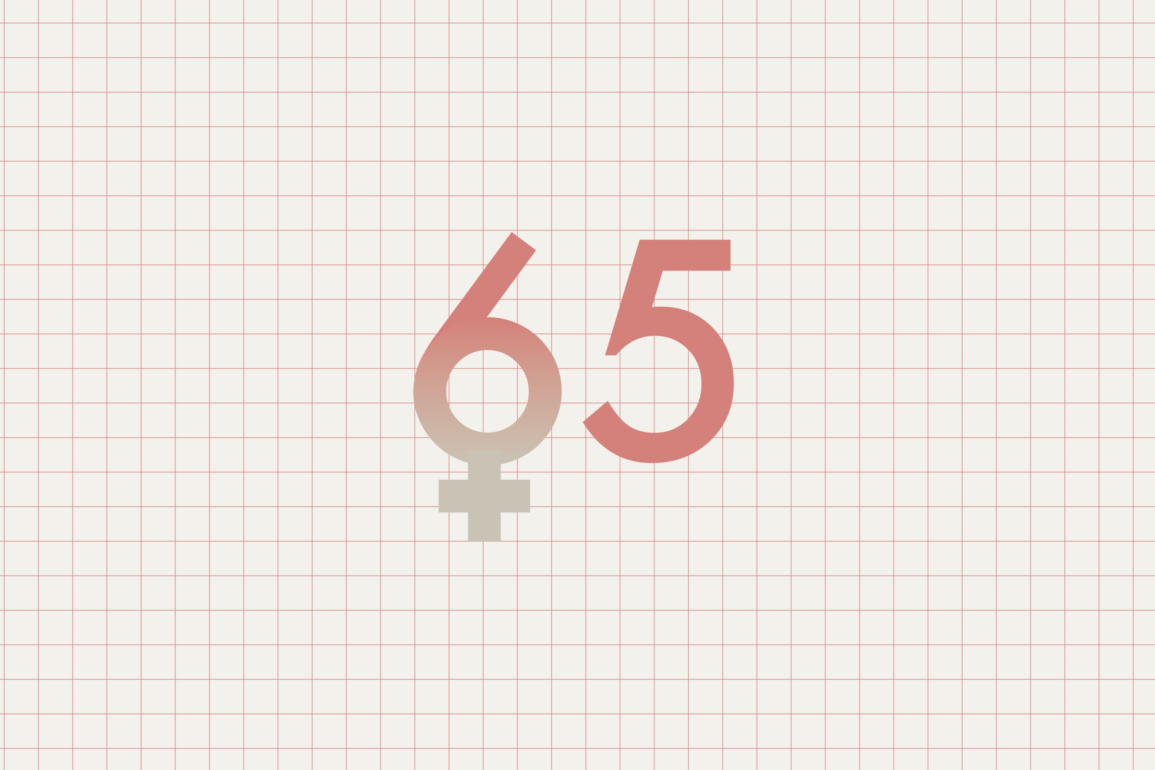2019 was all about women. The second national women’s strike took place in mid-June for the first time since 1991. All in all, several hundred thousand people took to the streets of cities and villages across the country. Their demands were clear: equal pay and equal opportunity for women, and a greater say within companies, organisations and politics. It was one of the biggest, most impressive demonstrations in Switzerland’s history, and the time is ripe for it. As a result, the people of Switzerland put their words into action: the national re-elections saw the percentage of women in the federal parliament jump from 28.5 percent to more than 40 percent.
And what about the world of work?
According to the Schillingreport 2019, the number of women in senior management positions at Swiss companies is slowly but surely heading upwards. The proportion of women on administrative boards amounted to 25.6 percent in 2018, twice as high as ten years before. As previously, less than ten percent of executive managers are women.
An inverse relationship
The Stiftungsreport 2019 shows that the proportion of women in charities’ executive bodies reflects other areas of society. Twenty-eight percent of trustees are women, and of 12,893 committee members, only 20.4 percent are female. The percentage of women on boards of trustees is not dissimilar to the percentage in the national assembly prior to the elections. However, the situation looks rather different in terms of charities’ operational management. Around 15 percent of charities include their management positions in the commercial register, with 34.6 percent of them being held by women.
The current Jahrbuch der Hilfswerke paints the same picture as the Stiftungsreport. On a strategic level, 65 percent of charities have a chairman, not a chairwoman, with the size of operating expenditure not playing a role. In terms of operational management, operating expenditure certainly does have an impact: the bigger an organisation is, the more male executives it has. The proportion of female executives at organisations with operating expenditure of less than a million Swiss francs is 65 percent, but for large organisations with operating expenditure of more than ten million Swiss francs, this figure remains at a measly 24 percent. The figures are balanced across all 405 institutions surveyed.
Awareness is growing, and trends in the proportion of women are now being examined across all management bodies. The image depicted by these surveys is crystal clear: we are heading towards gender equality, but we are still some way off achieving it. Women are substantially under-represented in prestigious, well-paid positions – both in the business world and in the charitable sector.


